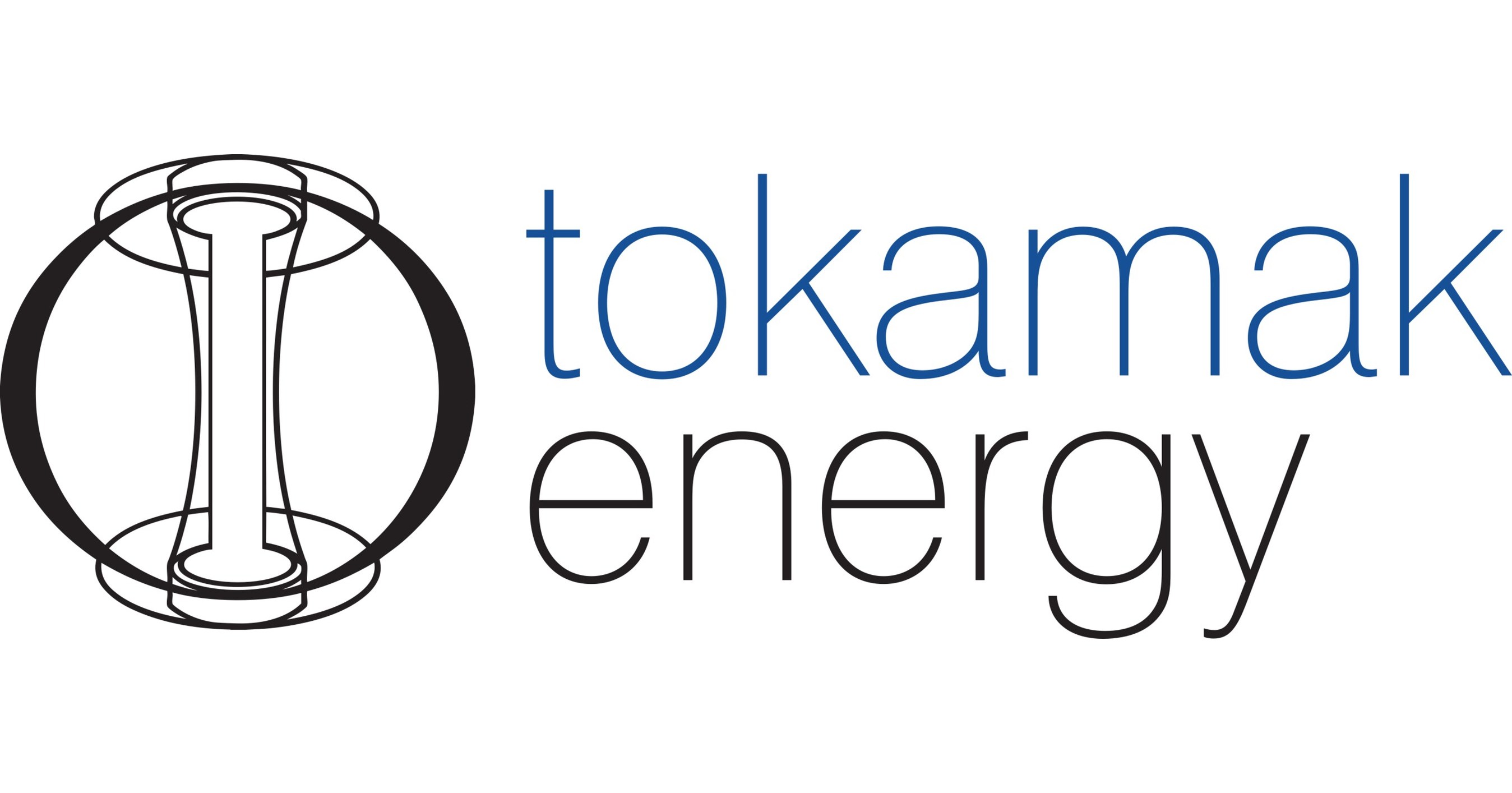Nuclear fusion is the process of generating energy by fusing two atomic nuclei to form a heavier one. It has long been advertised as the energy of the future. Referred to as the “power of the stars,” fusion energy offers clean, safe, and virtually limitless power.
Achieving fusion on Earth has been notoriously difficult given the challenges of confining the super-hot plasma. Tokamaks are one of the most promising ways to achieve controlled nuclear fusion. These devices utilize magnetic fields to confine hot plasma in the shape of a donut.
Oxford-based Tokamak Energy announced that it was developing new laser measurement technology. This new technology will transform future commercial fusion power plants and the delivery of clean energy to the grid by controlling extreme heat and pressure within the power plants.
Inside the donut-shaped vacuum chambers of tokamaks where fusion reactions occur, plasma temperatures rise to over one hundred million degrees Celsius. Stabilizing this extremely hot plasma is vital to maintaining fusion conditions.
Tokamak Energy’s new laser-based dispersion interferometer system will measure the density of the hydrogen isotopes within the plasma. The company is confident that this cutting-edge technology will help sustain fusion reactions and deliver reliable energy to the grid.
Dr. Tadas Pyragius is a plasma physist at Tokamak Energy said, “Measuring plasma density is key to our understanding and control of the fusion fuel and efficient future power plant operations. A laser beam fired through the plasma interacts with the electrons and tells us the density of the fuel.” Measuring the density is essential to sustain fusion conditions and deliver secure and reliable energy to the grid.
Pyragius added that “The extreme conditions created by the fusion process mean we need to perfect the laser-based diagnostics technology now to move forward on our mission of delivering clean, secure and affordable fusion energy in the 2030s.
Tokamak Energy is developing and testing the new laser-based dispersion interferometer system at its Oxford headquarters. In a press release, the company revealed that the interferometer system would be installed on its fusion machine ST40 later this year.
The ST40 recently broke records to become the first privately owned fusion reactor to achieve a plasma ion temperature of 100 million degrees Celsius. The ST40 also boasts the highest triple product achieved by a private company. The triple product is a measure that is dependent on plasma density, temperature, and confinement. These parameters are crucial for fusion viability on a commercial scale.
Following its record-breaking achievements in 2022, ST40 undertook a series of hardware upgrades. They include new power supplies and diagnostic systems. In 2923, the company shifted its focus towards refining plasma scenarios in a high-field spherical tokamak to better understand of the fusion process. Tokamak Energy also announce that it had commissioned a Thomson scattering laser diagnostic on their ST40 to provide detailed readings of plasma temperature and density.
The ST40 will only be back in operation following further upgrades and maintenance. Tokamak Energy remains hopeful of achieving commercial fusion energy delivery in the 2030s.
